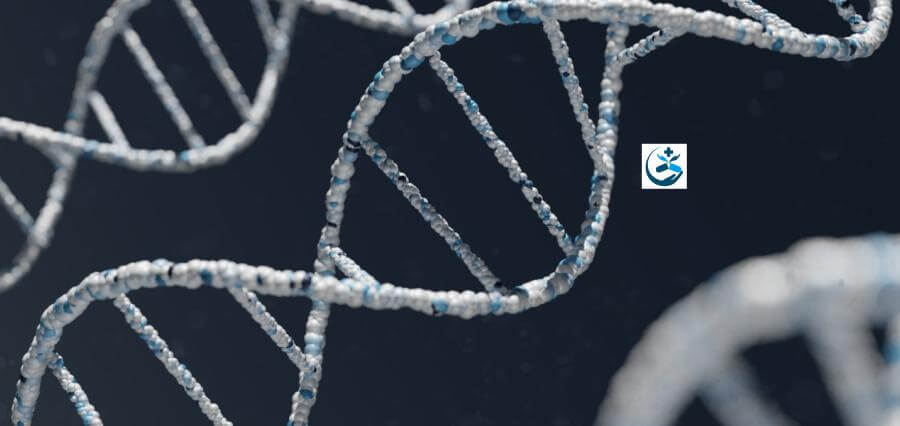A highly effective, reversible, and non-hormonal male contraceptive for both animals and humans could be made possible by discovering a gene in multiple mammalian species.
Washington State College analysts distinguished articulation of the quality, Arrdc5, in the testicular tissue of mice, pigs, cows, and people. Only male mice developed infertility after the gene was deleted, affecting sperm count, movement, and shape. The study’s findings have been released in the journal Nature Communications.
New Research on Male Contraception
“The study identifies a particular gene for the initial time as being produced only in testicles tissue, nowhere else in the body,” says principal author and WSU professor Jon Oatley, “and it’s produced by multiple mammalian species.”
“When this gene is blocked or deactivated, male sperm that cannot fertilize an egg is produced, making them an ideal target for the development of male contraceptives.”
The Arrdc5 gene is unique to male testes and can be found in multiple species, whereas other molecular targets have been identified for the development of male contraceptives. Critically, the absence of the quality likewise causes huge fruitlessness making a condition called oligoasthenoteratospermia or OAT.
The most prevalent diagnosis of human male infertility, this condition results in the sperm’s inability to mate with an egg due to diminished production, slowed mobility, and distorted shape. Male mice missing this gene generated 28% less sperm with malformed heads and mid-pieces and traveled 2.8 times slower than normal mice, according to the WSU study.
The review shows that the protein encoded by this quality is expected for typical sperm creation. Next, Oatley’s team will work on developing a drug that would stop that protein from being made or working.
The National Institutes of Health and the WSU Functional Genomics Initiative, a multi-year university investment to support the growth of genetic technology research, provided funding for this study.


